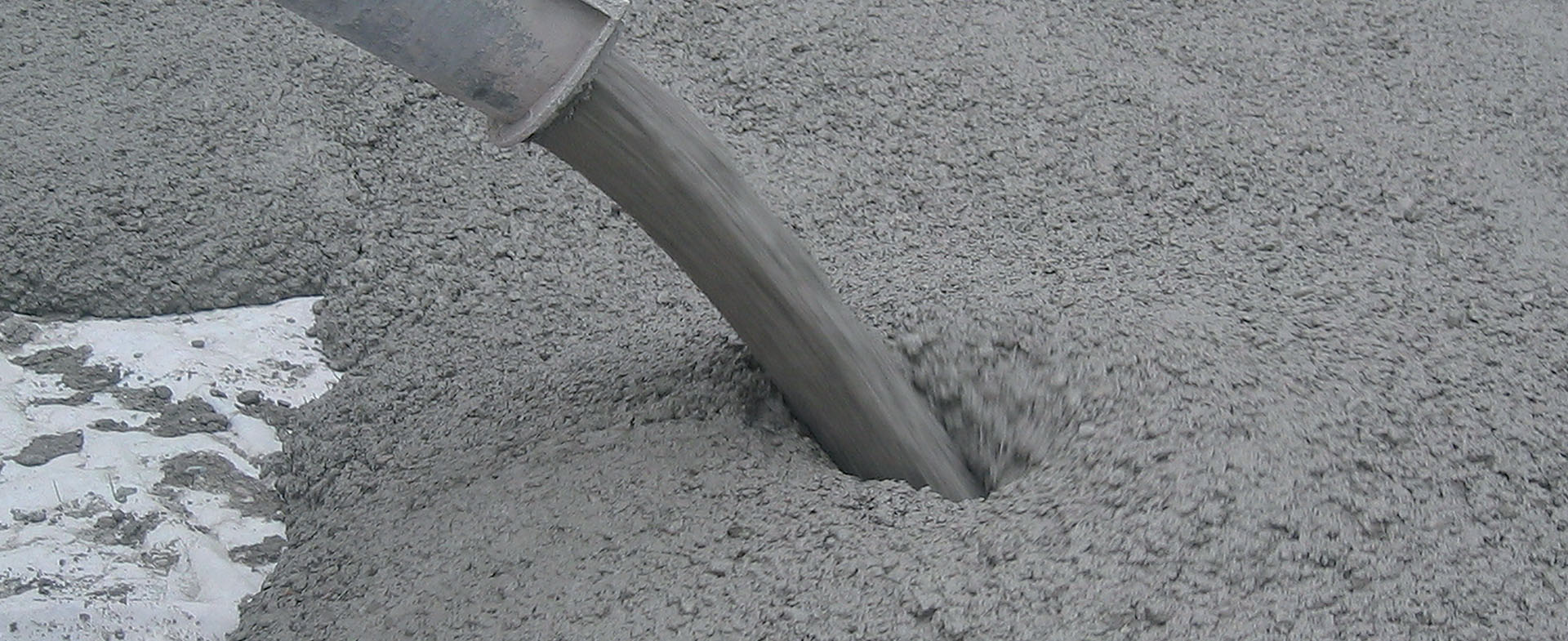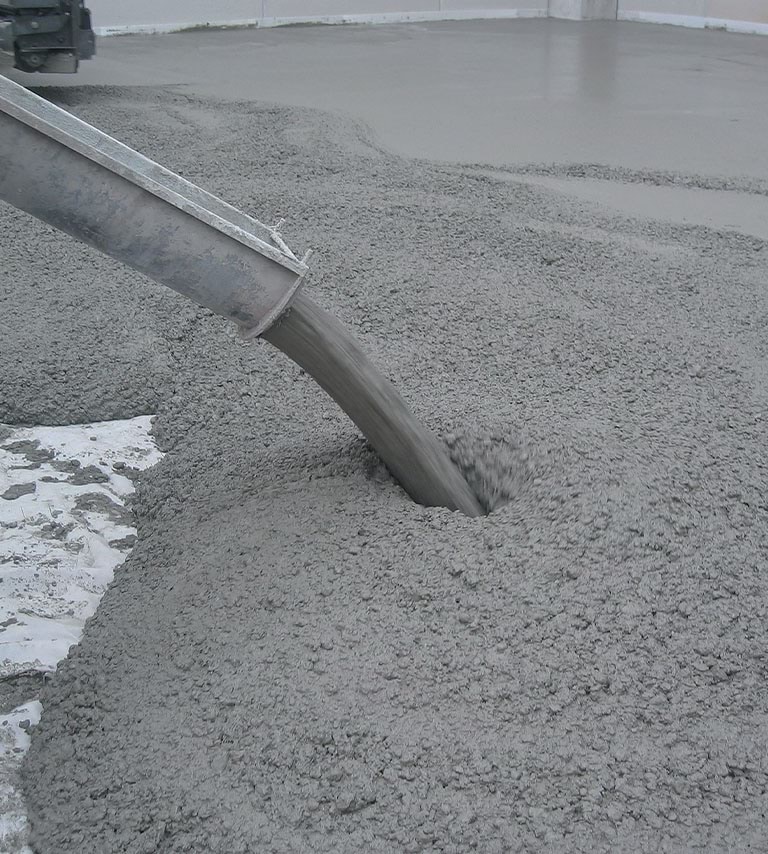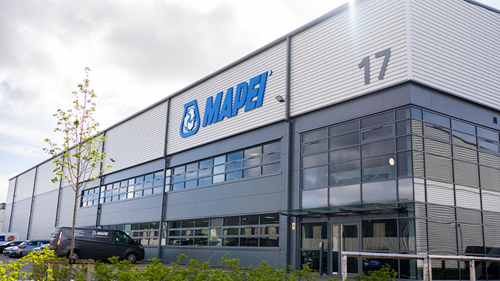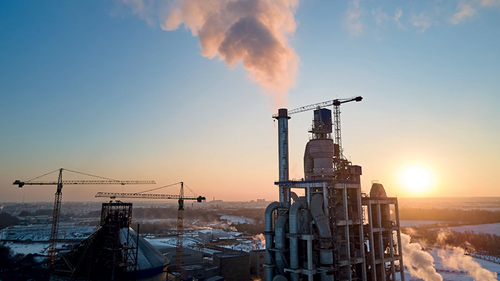

Products
/
4/23/2024
Perfect curing
MAPECUBE 1 accelerates manufacturing times and improves the performances of concrete
MAPECUBE 1 is an innovative admixture for concrete, accelerating its curing process and improving the performance of cement. Suitable for a wide range of applications, it optimises construction time, maximising productivity and reducing environmental impact.
MAPECUBE 1: Accelerating Construction Time
In the world of building, every minute counts. The necessity to accelerate construction times is increasingly critical and professionals from the sector are constantly looking for innovative solutions to achieve this objective. MAPECUBE 1 is a trustworthy ally, offering a real chance of accelerating the curing process and improving the performance and durability of concrete.
MAPECUBE 1 is an admixture made from nanoparticles of complex hydrated silicates in water suspension obtained by means of an exclusive synthesis procedure patented by Mapei.
MAPECUBE 1 has the ability to enhance the performance of cement, including cement with low clinker content, in order to achieve maximum mechanical properties, even after short curing cycles (6-18 hours). In fact, its advanced chemical formula means it reacts rapidly with cement, considerably accelerating the hydration phase of the cementitious paste as soon as the curing phase begins.
MAPECUBE 1 is suitable for use in any ready-mix and precast concrete mix
Optimisation of construction processes and minimisation of environmental impact
MAPECUBE 1 is suitable for use in any ready-mix and precast concrete mix where particular requirements are specified, such as:
- high mechanical strength after brief curing cycles;
- reduction or elimination of steam-curing cycles;
- reduction of cracking due to thermal gradients;
- applications with ambient temperatures below 10°C;
- optimisation of production cycles in precast concrete plants;
- acceleration of formwork removal times;
- use of cement with reduced clinker content.
These characteristics help achieve the following:
- completion of construction phases more quickly without compromising the quality of structures;
- maximisation of site productivity and optimisation of resources;
- planning and carrying out work with higher operational flexibility;
- reduction of environmental impact and CO2 emissions from concrete mixes;
- reduction in the production costs and CO2 emissions from forced curing cycles in precast concrete plants.
Quality assurance in prefabrication and construction
MAPECUBE 1 may be applied in a vast range of projects, such as construction of residential and commercial building; road infrastructures and bridges, precast concrete structures.
In the precast concrete sector in particular, where accuracy, deadlines and quality are essential requisites, MAPECUBE 1 enables production times to be optimised for elements such as beams, pillars, tunnel segments and structural panels. Not only does this reduce overall production times, it also allows for more flexibility when scheduling the delivery of materials, thereby meeting the needs of more complex projects and tight deadlines.
What is more, using MAPECUBE 1 guarantees that precast concrete elements maintain the same standard of resistance specified, ensuring the safety and reliability of completed structures.
MAPECUBE 1 can be seen, therefore, as an important resource for all those working in the construction sector and industrial-scale precast concrete industry.
Its capacity to accelerate curing times and improve the performances of concrete makes it a key element in optimising production processes and guaranteeing project deadlines.








